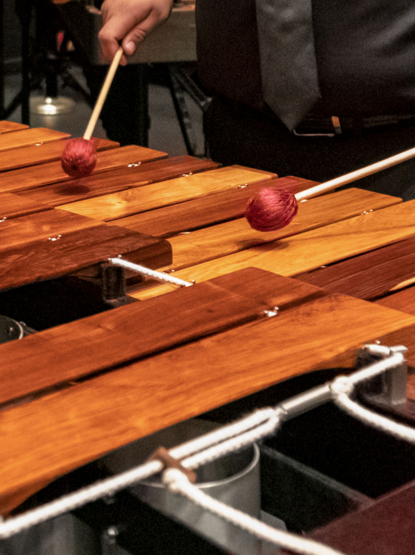
The Science of Practice
Share
Written by William Newton
Every day millions of people across the globe decide to improve their craft. This could be a musical instrument, swimming, throwing a football, dancing, martial arts, and more. To improve, they must practice. I would be surprised if I were to ever meet someone who has not heard the saying “Practice makes perfect,” but is that saying really true? I know, I know. Sounds kind of hard to believe, but hear me out. If you really want to understand why I’m questioning this old adage, you must understand the science behind practicing. So, What exactly is happening in our body that allows us to execute an action with more precision and speed after practicing.
The Nervous System
First things first. We should probably get to know our nervous system. This system is responsible for any movement that we do. Even right now, as you scroll through this blog post with your finger. That’s thanks to the nervous system. To keep it simple, our brain sends information to the muscle that moves that finger you're scrolling with. So what transfers that signal?
The part of the nervous system that transfers signals is called neurons. These neurons take the signal and send this information via electrical impulse from your brain to your finger. Pretty cool right? But, our body does something even cooler to our neurons. It upgrades them!
Myelin
In walks Myelin. Myelin is probably the closest thing in real life to experience points and leveling up in video games. If you are anything like me you have probably never heard this term, or you were too busy thinking about cartoons in middle school science class when it was taught. So what the heck is myelin? Technically it is a fatty tissue that is sheathed or wrapped around your neurons, but it is so much more than that, especially for people who want to develop a skill.
The myelin sheath is responsible for speeding up the electrical signal sent from your brain to your muscles. The best part is that this sheath can get larger and fatter, which means it sends the signal faster and stronger.
So how do we get more myelin?
The simplest answer I can give is to practice! Wait, wait, wait. I know you must be puzzled, because I made a big stink about “Practice makes Perfect” earlier. Well, here is what I argue we should start saying instead: “Practice makes Myelin”. Not as catchy, but I guess more accurate.
The reason I think we should differentiate these two sayings is that you can build myelin for the wrong thing by accident. For example, let’s say you are an aspiring Piano Player trying to learn a measure of a sonata by L.V. Beethoven. You begin practicing and complete ten repetitions of that bar. Of those ten, you had six perfect reps, while the other four times you missed a pitch, hitting the note to the left on the keyboard. Congrats, you did it! You built myelin!
The Dangers of Bad Practice
If we examine this closer, we will see that you built myelin for both the incorrect version and the correct version In other words, you taught your body to play this excerpt both right and wrong. This means that myelin can be your best friend, but it can also hurt you. It really depends on how well you quality control your practice. You should have extreme precision and focus like a surgeon, avoiding any incorrect reps, if you want to reap the full benefits of myelin. But the first step for you is done. Being aware of the effect of myelin will greatly alter the way you practice. For me, I became much more aware and annoyed by mistakes, and thanks to that I found strategies to fix/prevent them, like practicing at an extremely slow tempo or playing smaller chunks. But, at the root of this article, don’t forget: Practice Makes Myelin, good and bad.
Going Forward
If this blog post captivated or helped you in any way, I highly suggest you research the topic more. My first introduction to this information was The Talent Code by Daniel Coyle. It has a plethora of information and goes more into depth than I could at this particular moment. He explores things like Talent Hotbeds, Myelin, Prodigies, and more. Another resource by Daniel Coyle is The Little Book of Talent: 52 Tips for Improving Your Skills. This book distills the information from The Talent Code into digestible and actionable advice. Both of these are definitely worth a read!
I hope that this information proves useful to you and good luck practicing!
